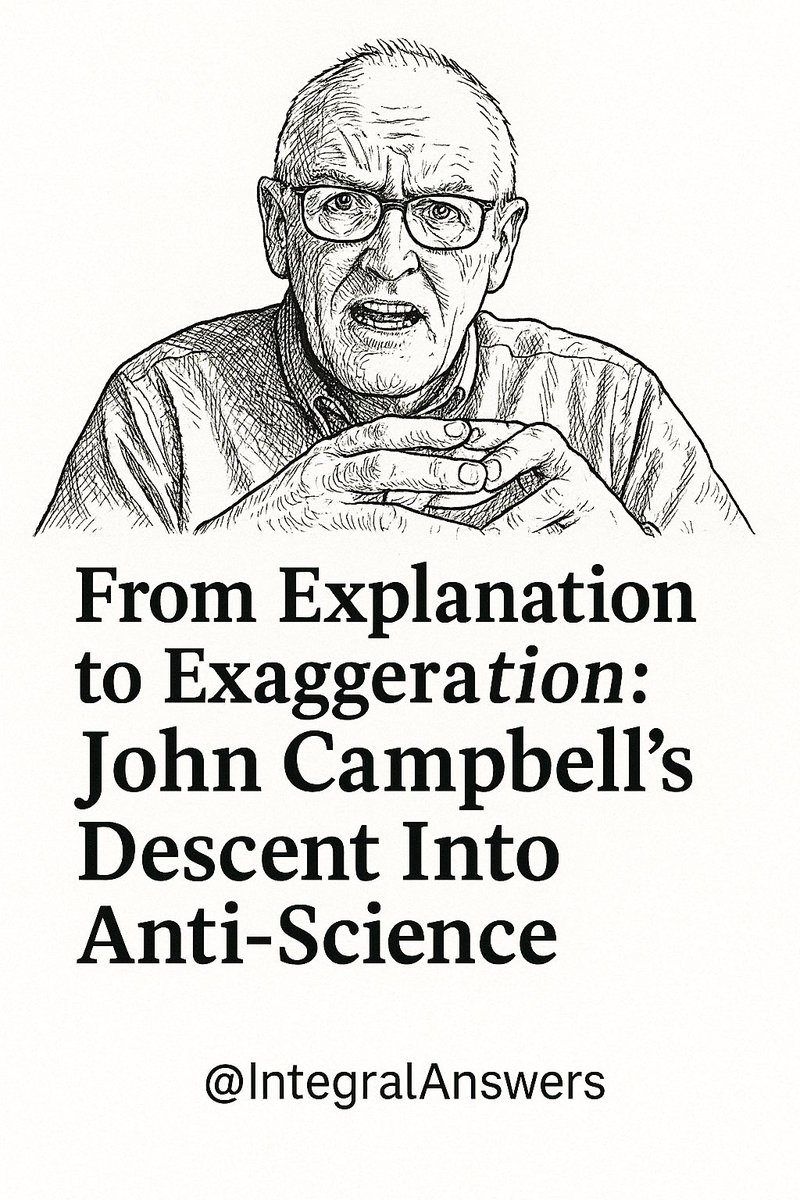1/🧬 Wondering what vaccine “effectiveness” really means in 2025? Let’s unpack how context, immunity, and virus type change the story. 🔍 

2/ Our world in 2025 isn’t 2020. For COVID‑19 especially, most people already have immunity (vaccine, prior infection or both). So new vaccine benefits are on top of that, not from zero.
3/ For COVID-19 vaccines: recent studies show ~46-50% effectiveness against hospitalization. Sounds modest — but remember: this is additional protection in a high-immunity population.
4/Compare that to Respiratory Syncytial Virus (RSV) vaccines in 60+ yr-olds: ~75-80% effectiveness against hospitalisation. Why higher? Because these were vaccine-naive to RSV, so the baseline wasn’t as immune.
5/ Then there’s Influenza: Effectiveness varies a lot. In kids ~67%, adults ~48%, older adults ~42-53%. But in a “bad match” year it might drop into the 20-30% range.
6/ So: a “50% effective” vaccine can have very different meanings depending on who, when, and what you’re measuring. One size of % doesn’t fit all viruses.
7/ On safety: Good news. For COVID vaccines, myocarditis risk is rare and less than the risk from infection itself. Pregnancy data show no higher miscarriage or stillbirth risk — in fact, some benefits.
8/ For RSV vaccines: There is a small signal (~9 extra Guillain-Barré syndrome cases per million doses), but given the tens of thousands of hospitalisations averted annually in older adults, the benefit-risk is strongly favourable.
9/ The key question for you (and clinicians): What additional protection does this vaccine give you personally? A healthy 30-yr-old vs a 75-yr-old have very different equations.
10/ Bottom line: When you see data like “vaccine is 50% effective” — ask which vaccine, which virus, what population, what baseline. The number alone doesn’t tell the full story. Let’s be precise.
11/ CIDRAP. “Vaccine Effectiveness and Safety: What the Numbers Truly Mean (2025).”
University of Minnesota Center for Infectious Disease Research and Policy.
cidrap.umn.edu/covid-19/cidra…
University of Minnesota Center for Infectious Disease Research and Policy.
cidrap.umn.edu/covid-19/cidra…
12/ Lipsitch M et al. “Interpreting Vaccine Effectiveness Studies in Populations with Hybrid Immunity.” Science Transl Med. 2024;16(734):eadj5243.
• • •
Missing some Tweet in this thread? You can try to
force a refresh




















